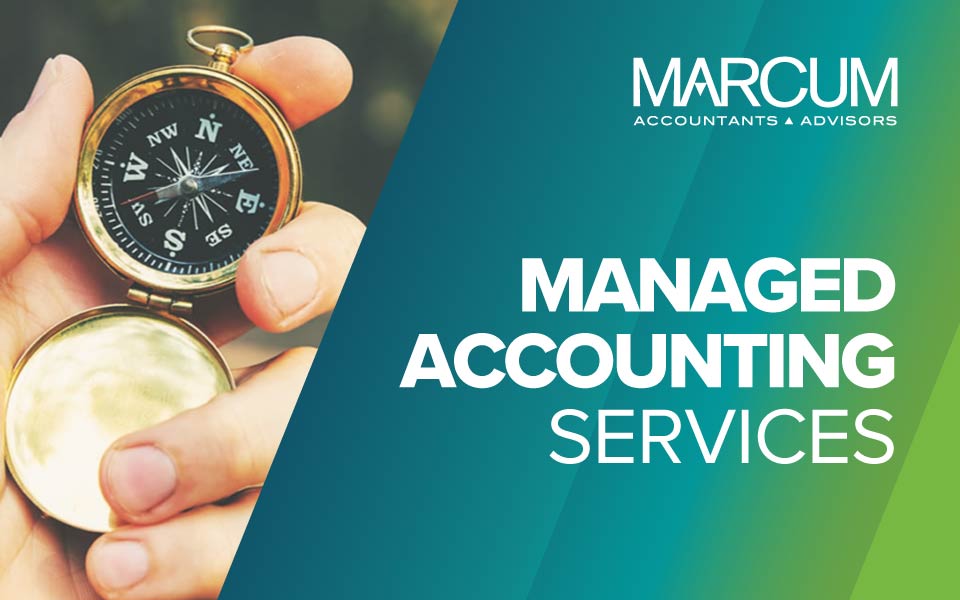Improving Accounts Receivable Collections (Part 6 of 6): You Probably Have an A/R Collections Problem and You Don’t Even Know
Thanks for reading this six-part series of blogs aimed toward improving your ability to collect accounts receivable, authored by e2b teknologies.
Cash flow is the lifeblood of every business and slow paying customers can seriously affect it. There are four fundamental best practices that every business should implement to expedite collections of past due accounts receivable.
1. Ask for the money: You provided a product or service and your customer is obligated to pay for it. Waiting patiently or passively mailing out monthly statements won’t get the job done. You need to contact a customer if their account is past due and ask for payment. Sometime this simple request can act as a reminder and get the bill paid. Many business owners, particularly those that perform professional services for their clients, are uncomfortable asking for payment. You need to get over it or assign the responsibility to someone else in your company
2. Set up a process – and follow it! : Collections are an important part of your financial operations and you need to set up systems and procedures like you would for any other back office activity. Define what tasks are to be performed, when they occur and who is responsible. A credit and collections management system like Anytime Collect may be useful to help you define your process and communications templates. Below is a sample communications schedule for a moderately aggressive program to get you started. “Days” refers to days after invoice due date, which could vary by customer.
- 3 days: Call the customer to inform them that the invoice is past due and ask when you can expect payment. This initial call may uncover issues that are preventing payment. Don’t just leave a message — keep calling back until you speak with someone knowledgeable.
- 15 days: mail first letter
- 25 days: second call
- 30 days: mail second letter and put customer on credit hold
- 35 days: third call, made by business owner or other senior employee
- 40 days: final letter demanding payment or account will be turned over to collections
- 60 days: engage third party collections agency or attorney
Create standard collection letters and call scripts to support this program. The message should be brief and to the point:
- Thank you for your business
- Your account is now past due
- Let us know if there is a problem or error
- Otherwise, please remit the amount due
Follow the same process for all accounts – do not make exceptions for “good customers”. However, it may be necessary to adjust the timing to reflect exceptions. For example, your standard terms may be Net 30 but if you have a large customer that pays in 60 days then adjust their terms to Net 60 and follow the process as defined above. Legitimate disputes or paperwork errors may make it appropriate to deviate from this schedule. There is room for using good judgment when it comes to customer service.
If you do not have resources to make every call, prioritize. The initial call is important because it sends the message that you expect to be paid and can uncover valuable information. After that, focus your calling efforts on the largest dollar amounts and invoices that are seriously past due. The AR aging reports available in most accounting software packages do not readily support this approach but there are collection management software products specifically designed for this purpose which are useful if you have a large volume of invoices or accounts to collect.
It is also important to track customer promises. You may encounter a customer who is not acting in good faith – can’t connect by phone, fails to live up to commitments, or makes unreasonable and unjustified disputes. You might want to accelerate the collection process in these cases or send them straight to third-party collections. These customers will be difficult to collect from so it’s a better use of your limited resources to focus on those accounts that are collectable and assign the hard cases to the professionals.
You will note that legal action is not mentioned above. Litigation should be the last resort in a collections scenario after both internal and external collection efforts have been exhausted. Even then, obtaining a judgment does not guarantee payment. If the customer simply doesn’t have the money then the cost and aggravation of legal action is unwarranted. I know of some business owners who want to take a customer to court and get a judgment “on principle”. If you are willing to make the investment of time and money realizing that you may get no tangible return then go for it. Otherwise, chalk it up to experience and move on.
3. Put delinquent accounts on credit hold: Denial of desired products or services is your leverage with a delinquent customer. If you provide something that your customer needs, withhold further delivery until they pay or make acceptable payment arrangements. You can also consider making future shipments COD or require cash in advance while a past due balance is being paid down.
4. Use third party collectors sooner: The longer you wait the harder it is to collect. Research has shown that 26% of invoices three months old are not recoverable. This increases to 70% at six months and 90% after a year. If you wait six months to a year before taking action the debt is virtually impossible to collect. Best results are obtained if third-party collectors are engaged when an invoice is approximately 90 days old, although this can vary by industry.
There are numerous professional collection resources available including agencies and law firms. The typical collection fee agreement is contingency-based with your company paying a percentage of any amounts collected but paying nothing if the collection efforts are not successful. The fee percentage can range from 10% to 50% (or more) depending on several factors. However, there are fixed-fee offerings available where you pay a set amount for every account submitted for collection but keep everything that is paid. Also, some attorneys bill for their services on an hourly basis, whether or not anything is ever collected.
One final thought – be sure you know who you are dealing with. There are rogue agencies that use excessive and illegal tactics. Engaging one of these could damage your reputation and relationship with customers. As with any other professional service provider you should check references and work with a local agency or local representative of a national firm whenever possible. Avoid agencies that use high-pressure telemarketing for their collection services.
Our goal is to help you succeed through new technologies that make sense for your business. Anytime Collect will help you automate how you manage one of your largest assets – your accounts receivable.
Other Free Materials From e2b
- Free Whitepaper: 17 Things You Should Be Doing Right Now To Reduce Outstanding Accounts Receivable
- On-Demand Webinar: How One Company Reduced Their DSO by 40% With Credit Collections Software
- Free Report: Revenue Cycle Management – Increasing Control Over the Order-to-Cash Process
About e2b
e2b anytime apps, a business unit of e2b teknologies, develops software-as-a-service (SaaS), cloud-based business software including Anytime Collect, Anytime Commerce B2B e-commerce, Anytime 500 add-ons for Sage 500 ERP, Anytime Supply Chain, Anytime Docs, and Anytime Assets inventory and asset tracking. Anytime Collect accounts receivable credit and collections management software integrates with popular accounting software to streamline and automate B2B accounts receivable collections activities resulting in significant reductions in outstanding receivables and improved cash forecasting.







